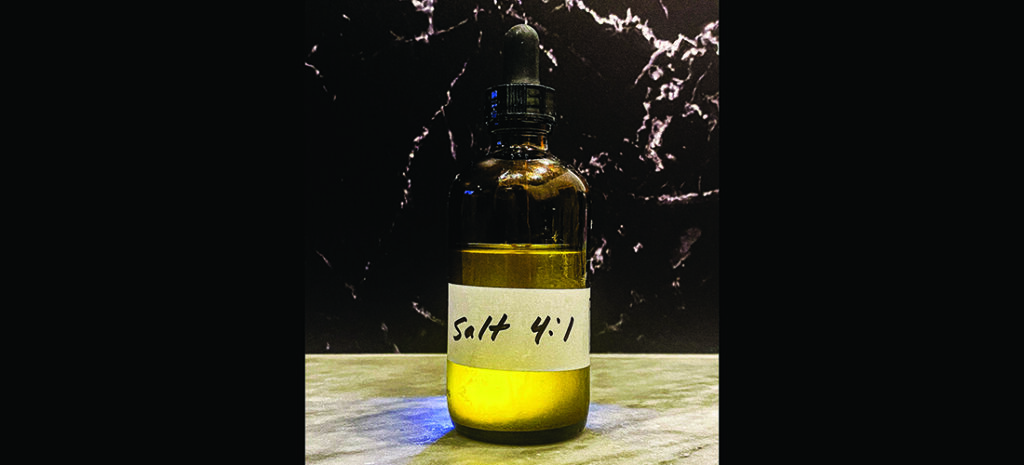In the Spirit

Change Is Good
Improving the way you cocktail
By Tony Cross
I’m not doing “dry” January this year, so I’m giving myself a break from taking a break. The new year looks to be a very important one for my business, and I’ll be elbow-deep in new endeavors. I’m always trying to improve recipes and I’m never 100 percent satisfied with the end result — that’s what keeps it fun and interesting. I’ll be tasting (or testing, if you will) many different recipes in January and changing up the way I approach cocktails, but for you home — and away — bartenders, here are a few staples you should keep in mind.
Measuring
This might sound like a no-brainer, but it doesn’t get said enough. If you’re not measuring your cocktails, they’re not going to be balanced, plain and simple. When I first started making classic cocktails, I wanted to be like the bartenders at Employees Only and free-pour my drinks — they measure by eyeing all of their pours in a pint glass. I got pretty decent at a few drinks, but I quickly realized that when I was busy and mixing drinks that called for 1/4 ounce of this or 1/8 ounce of that, getting those drinks perfectly balanced was futile. And while there are many more bartenders in establishments who use jiggers to measure, I still see some measuring incorrectly. How’s that? If you have a cocktail calling for 2 ounces of gin, and you fill up the 2-ounce jigger 3/4 of the way, not only is your cocktail incorrect, but you’ve just shorted a paying customer. This is not to say that the bartender is purposely shorting a patron; it has more to do with rushing through the process. And overflowing the jigger isn’t doing anyone any favors either.
Juice
This might sound like another no-brainer but, first of all, your juice should be fresh. (If it’s not super juice, a process that stretches the flavor profile at least a week.) When the juice loses its pop, it’s not going to work in your margarita. Another idea worth considering is acid-adjusting some juices, like orange juice. Back in the day I had the Blood & Sand on my menu. It was a classic drink, a bit unusual, and it had Scotch in it. I liked the cocktail, but I never loved it. I always felt like the orange juice — even if juiced that very minute — fell flat on my tastebuds when I mixed the drink. All these years later I found the solution. I learned about acids in Dave Arnold’s book Liquid Intelligence. One of his protégés, Garret Richard, had a quick recipe for acid-adjusting orange juice: For every100 milliliters of juice add 3.2 grams of citric acid and 2.0 grams of malic acid. That adjusts the acidity to that of lime juice. If you’d like your orange juice to have more of a lemon backbone, add 5.2 grams of citric acid per 100 milliliters of orange juice. And speaking of orange juice, if you’re going to add it to your margarita without adjusting the acid to the juice, please make the cocktail balanced. There’s nothing worse than paying $14 for a lousy margarita.
Salt
Just like adding salt to certain meals, adding it to certain cocktails, especially those with citrus, will make your drinks “POP!” — according to Instagram bartender Thirsty Whale. Not convinced? Do a side-by-side comparison of two daiquiris: one with a salt solution added and the other without. To make a salt solution, use a 4:1 ratio combining 80 grams of water with 20 grams of salt. It’s important to say again: Measuring is key, especially using salt. Get your 2024 off to a balanced start. You can lose it later. PS
Tony Cross is a bartender (well, ex-bartender) who runs cocktail catering company Reverie Cocktails in Southern Pines.
